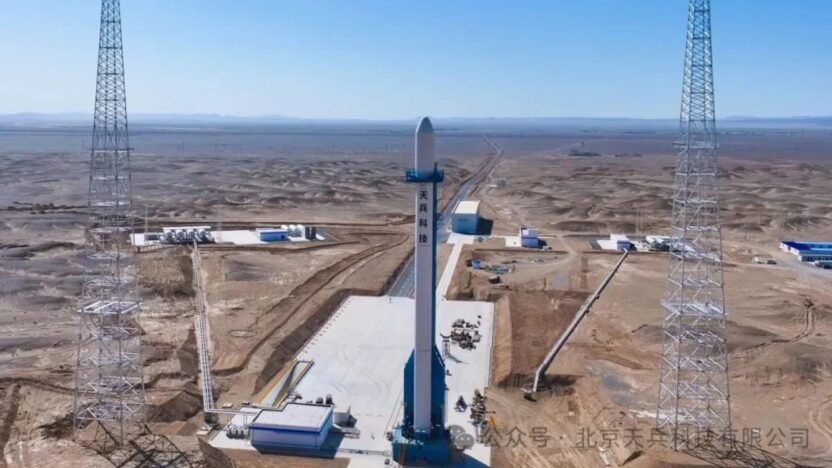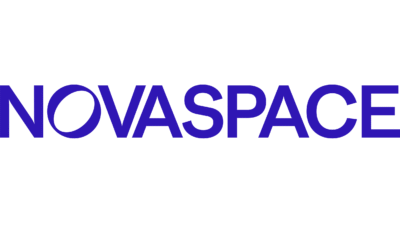HELSINKI — Launch firms Space Pioneer and Galactic Energy are the latest China’s commercial space companies to move toward IPOs, amid a surge of investment.
Galactic Energy, full name Beijing Galaxy Power Aerospace Technology Co., Ltd., officially launched its listing guidance Oct. 22, Chinese language tech outlet 36Kr reported, marking the first steps towards an initial public offering (IPO).
The move comes on the back of serious funding. The company has raised more than 5 billion yuan ($700 million) since its founding in 2018, with nearly half of this secured in September via a $336 million Series D funding round.
Galactic Energy also released Oct. 22 a mission patch for the first launch of its Ceres-2 solid rocket — a larger launcher than the Ceres-1 with which the company has established itself as a reliable commercial launch company in China. It is also preparing for the first launch of Pallas-1, which will be Galactic Energy’s first liquid propellant launch vehicle.
Meanwhile, competitor Space Pioneer—which itself secured $350 million in a pair of recent rounds—officially submitted its application for listing guidance Oct. 17, with CITIC Construction Investment Securities Co., Ltd. providing guidance, state media Xinhua reported.
Space Pioneer, full name Jiangsu Tianbing Aerospace Science & Technology Co., Ltd., is likewise close to debuting a medium-lift, potentially reusable launch vehicle named Tianlong-3, nearly 18 months after a near-disastrous static fire test saw the first stage escape from its clamps and climb into the sky.
Both companies are, along with a number of other commercial actors, such as Landspace, CAS Space and iSpace, aiming to demonstrate an ability to reach orbit reliably and secure launch contracts for the Chinese megaconstellations Guowang and Qianfan (Thousand Sails), both of which plan to construct constellations of more than 10,000 satellites each in low Earth orbit; projects which require a surge in Chinese launch capabilities and cadence.
Landspace and CAS Space made their moves toward a listing on the Shanghai Stock Exchange’s tech-focused STAR Market in July and August respectively.
IPOs will offer companies the opportunity to raise substantial funds which can be used for research and development, production scale-up, infrastructure and more, while offering early investors an exit route through the sale of shares in the public market. The moves may also bring pressure to deliver, with the companies close to debuting their new, flagship launch vehicles.
The latest moves follow a surge in funding, including the Space Pioneer and Galactic Energy rounds, and a $281 million investment in satellite operator Geespace, the space arm of automaker Geely, in September.
Underpinning this activity is the fact that China’s central government has emphasized the commercial space sector as a key driver of high-tech development, with potential to transform the nation’s space capabilities. This development has been followed by strong provincial and local government support for commercial space companies. State-led and provincially-tied investment vehicles have been heavily involved in recent, later round space sector funding.
Other recent commercial space IPO activity in China includes Jiangsu Yixin Aerospace Technology, or Yixin Aerospace—which specializes in designing and manufacturing microsatellite communication systems including Internet of Things (IoT) payloads—completed A-share IPO counseling in early August. Small satellite manufacturer MinoSpace, founded in 2017, filed for a listing on STAR Market in September.
The IPO preparations suggest China’s expanding commercial space sector is entering a new phase of industrialization, financial maturity and state-aligned and supported growth.
Globally, there is a recent uptick in space companies going public, with Voyager Technologies conducting an initial public offering in June, and Firefly filing paperwork in July, while Japanese companies are also embracing IPOs.




